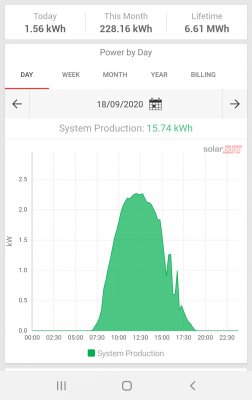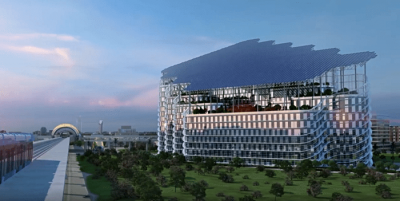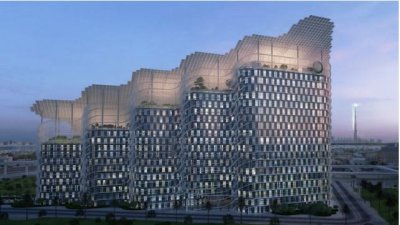I've seen a few adverts recently when browsing the web advertising Solar Panels.
I normally ignore such adverts but it made me wonder whether they are viable these days as I imagine the cost has dropped over time.
I presume it is a question of how long we intend to stay in the property until we break even... we probably spend £50 a month on average on electricity.
A quick search reveals we're looking at £5.5K > £6K for typical 3 bedroom house (although not sure if that include storage batteries) so we're talking 10 years to break even not including selling back to the grid... which I imagine attracts a pittance in return.
Are there any other considerations though like do they need to wire them in to where the meter is and mains comes into the property or can it be joined anywhere (i.e. do big cables need to be run across the house)?
I normally ignore such adverts but it made me wonder whether they are viable these days as I imagine the cost has dropped over time.
I presume it is a question of how long we intend to stay in the property until we break even... we probably spend £50 a month on average on electricity.
A quick search reveals we're looking at £5.5K > £6K for typical 3 bedroom house (although not sure if that include storage batteries) so we're talking 10 years to break even not including selling back to the grid... which I imagine attracts a pittance in return.
Are there any other considerations though like do they need to wire them in to where the meter is and mains comes into the property or can it be joined anywhere (i.e. do big cables need to be run across the house)?








